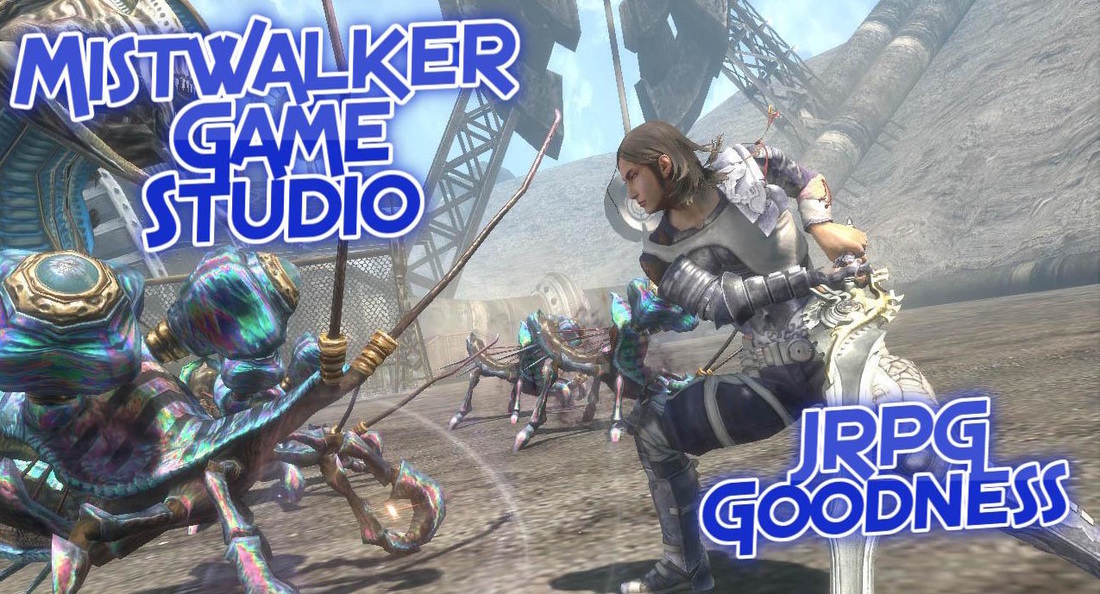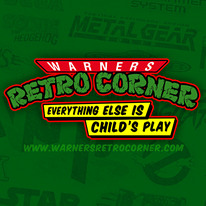|
Guest Blog By Kevin @Agent_Prince
Hironobu Sakaguchi, the world famous ‘father’ of Final Fantasy, could well be considered the Miyamoto of JRPG games. Since the unfortunate box-office bomb that was Final Fantasy: The Spirits Within (which Sakaguchi directed), Sakaguchi left his presidential position at Square (which ultimately became Square Enix), and founded his own company, Mistwalker in 2004. Since that time, Mistwalker have developed a range of titles for different platforms, and a further title looks to be on its way, although only concept art has surfaced thus far. Sakaguchi also enlisted the immense musical talents of Nobou Uematsu, who also left Square in 2004.
Mistwalker initially signed up with Microsoft to produce Xbox 360 exclusive titles, of which there are two: Blue Dragon and Lost Odyssey. Blue Dragon in particular helped boost sales of the Xbox 360 in Japan, at the time of its release (2006). Microsoft sold 35,343 Xbox 360s – an increase of nearly 90 per cent over the previous week’s figure of just over 4000 consoles. It’s likely that the rise was linked to the release of Blue Dragon, which was developed by Mistwalker, the studio led by Final Fantasy creator Hironobu Sakaguchi
– Ellie Gibson, Blue Dragon release boosts Xbox 360 sales in Japan, GamesIndustry.biz
 Blue Dragon Blue Dragon
Blue Dragon is as traditional a JRPG as you’ll ever come across. A group of heroes set about to save their land from an evil ruler, traversing a massive world and using turn-based combat to defeat foes along the way. This may well be deemed old-fashioned in the western world of gaming, but it certainly still has its fans, including myself. Blue Dragon was one of the first 3D RPGs released for the 360, also boasting the unique art style of Akira Toriyama, creator of manga/anime series Dragon Ball and whose style is also used in the video game series Dragon Quest.
The game itself is indeed very long. This was the first multi-disc Xbox 360 game released, encompassing the whole adventure on 3 discs. In my opinion, although I’m still making my way through it slowly but surely, it’s JRPG-by-numbers, but still enjoyable because I knew to expect that. Although it has been somewhat criticised for being too-traditional, there are some nice touches. For example, the battles are not the often-loathed ‘random’ battles from past Final Fantasy games, but instead are induced or avoided by engaging/escaping the enemies on screen. Hitting them first also gives you the first hit once a battle is initiated. Blue Dragon may not reinvent the wheel, but that does it no harm at all. Following on from the success Blue Dragon brought (albeit more so in Japan than here), a franchise was born. An anime series was created, and 2 sequels were also developed, this time for the Nintendo DS. The first was the rather unimaginatively titled Blue Dragon Plus. This entrant to the series was billed as a real-time simulation RPG and retains the Toriyama-style visuals that define the series. The series’ transition from 360 to Nintendo’s plucky handheld gives it more of a Final Fantasy XII Revenant Wings perspective, a perfect blueprint for its RTS roots. The sequel also retains the characters from the original game, and many of its RPG elements, despite being more of an RTS title. It certainly ranks up there with Revenant Wings, and similar titles Heroes of Mana and Lost Magic. Blue Dragon Awakened Shadow followed soon after, not only continuing the real-time strategy elements of its predecessor, but also adopting Dragon Quest IX’s route of allowing creation/customisation of your own lead character.
Mistwalker’s other big release was Lost Odyssey, again for the Xbox 360. Boasting incredible visuals, this 4-disc epic is still a favourite among many an RPG fan, both east and west. For those that were waiting for their Final Fantasy fix at the time, this more than filled the gap. While there have always been varied opinions of Final Fantasy XIII, Lost Odyssey still sits firmly on my gaming shelf where Final Fantasy XIII is hanging on, possibly never to be touched again. Lost Odyssey may have reverted back to the use of random battles, but the battle trigger system (pressing within a time frame to land extra hits) is superior to Blue Dragon’s old school ‘press A and wait’ system, providing more interaction and more reward for doing so.
The story and characters are excellent, providing moments of danger, fear, action, even comedy, and giving the gamer a great sense of empathy to boot. You really feel you are following the journey that Kaim, the lead character, is taking, and will be as determined as he is to find out about his past and how he appears to be immortal. Following the Nintendo DS releases, Mistwalker stayed with Nintendo, culminating in the production of The Last Story. It proved to be the Nintendo Wii’s swansong RPG, and is now becoming increasingly rare. The Last Story was Sakaguchi’s first title as director since Final Fantasy V, way back in 1992. A Wii exclusive, and still yet to be released on the Wii U’s Virtual Console (please please please), The Last Story is proof that Sakaguchi has definitely still got it. The back story is typical RPG: The Last Story is framed by the ongoing war between humans and the Gurak, set in and around the fantasy setting of Lazulis Island. The story is simple: boy meets girl, gains superpowers and proceeds to save the world. Typical life for a JRPG hero. However, unlike your typical JRPG that last 60 hours plus, the main story is around the 20-30 hour mark, with no grinding required, as everything happens in real time. Its streamlined controls make it easy to pick up and go, and the action is fast and furious. This, along with co-operative AND multiplayer deathmatch modes, means that Mistwalker certainly have innovated the JRPG over the years, more so than the Final Fantasy series ever has. Guest Blog by Kevin @Agent_Prince
0 Comments
Leave a Reply. |
Video Game Reviews for the PS3, Xbox 360, PS4, PS5, Xbox One and Nintendo SwitchCategories
All
Latest YouTube Videos:Video Game Shops: |








 RSS Feed
RSS Feed